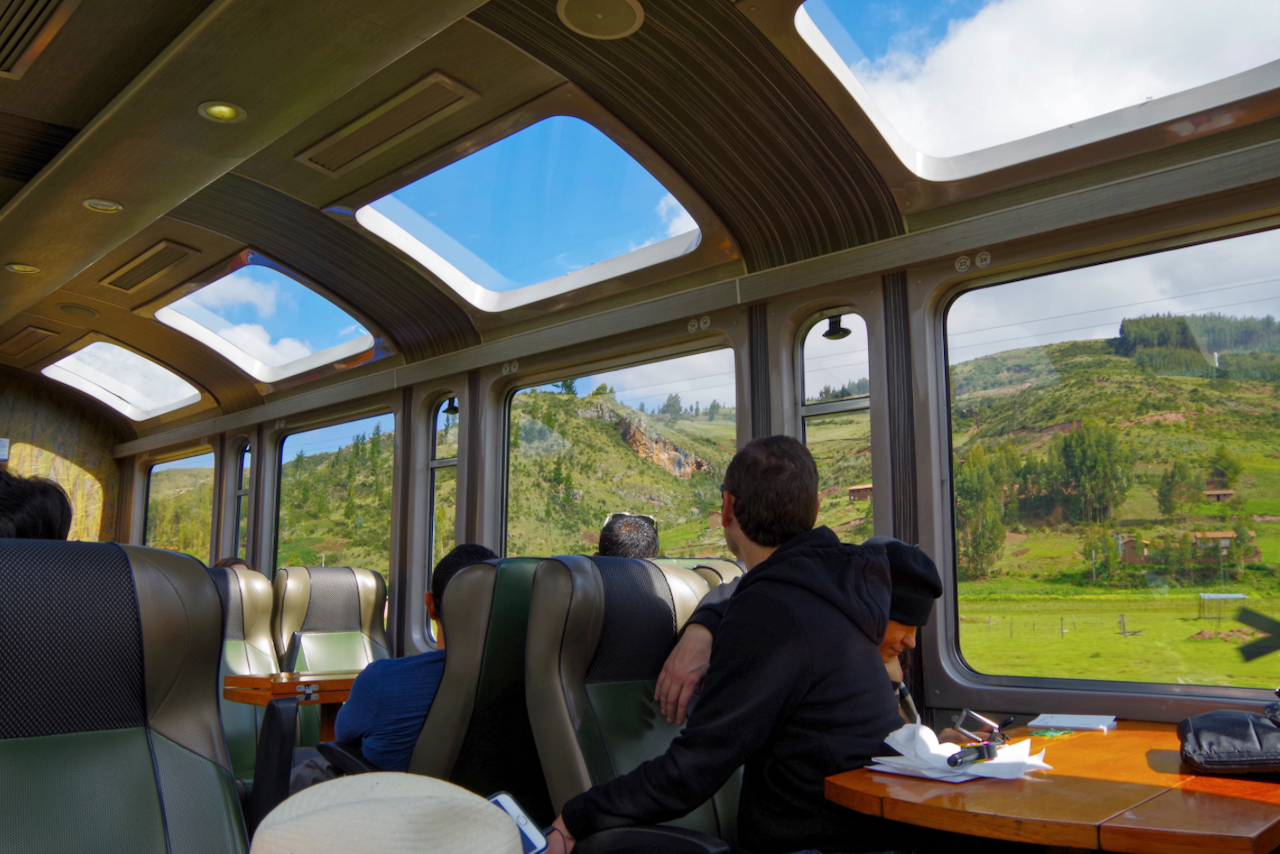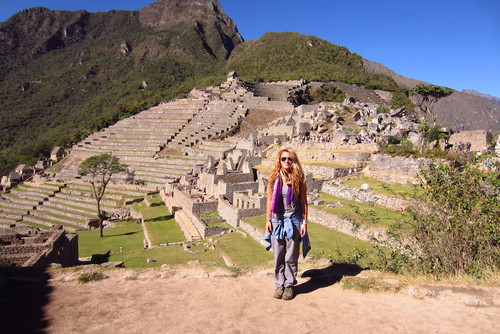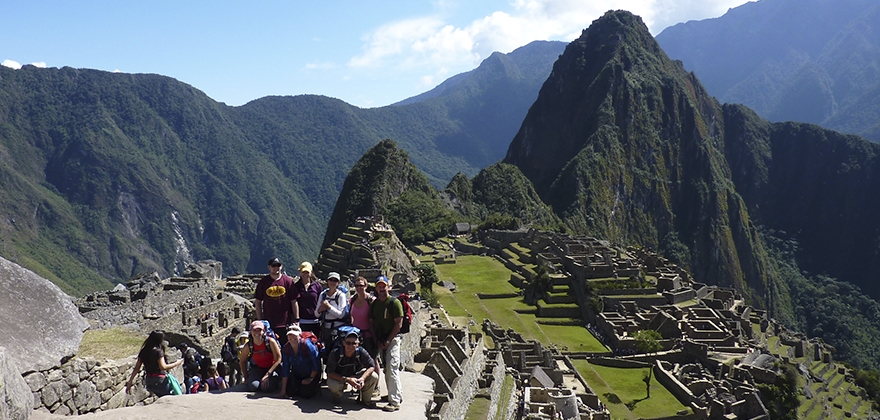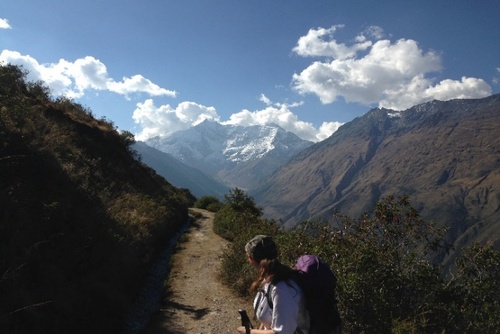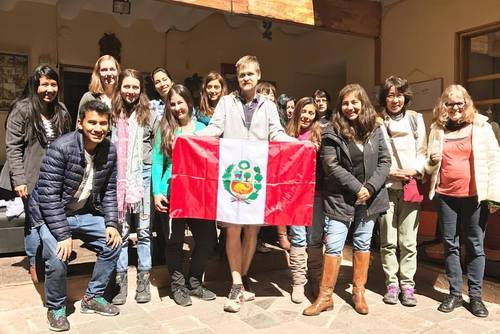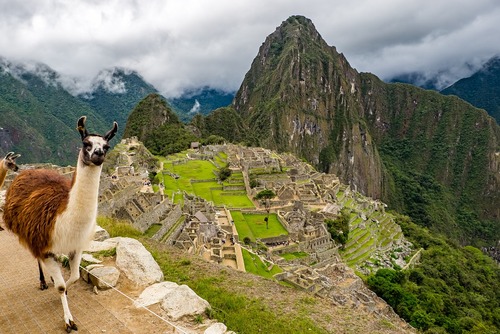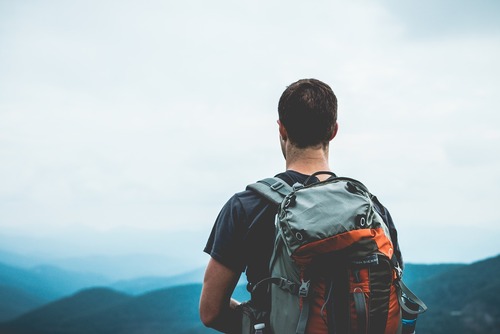Unlike the strenuous multi-day trek, train journeys provide a comfortable and scenic route to the ancient Incan city. However, a smooth train trip requires some planning.
From ticket options and luggage restrictions to the best times to travel, understanding these details helps prevent unexpected issues. Whether it’s your first visit or a return journey, being well-prepared ensures a stress-free and enjoyable experience.
Selecting the Best Train for Your Trip
Not all trains to Machu Picchu offer the same experience, so choosing one depends on your budget and travel style. Some provide basic but comfortable seating, while others include luxury features like roomy dining carriages, gourmet meals, and panoramic windows. Some exclusive trains even feature glass ceilings, quaint balconies, and reclining seats, providing uninterrupted and spectacular views of the Andean landscape.
For a more immersive and mystical experience, a scenic train to Machu Picchu is an excellent choice. These luxury trains maximize visibility, showcasing sights like the rushing Urubamba River and the cloud-kissed peaks of the Sacred Valley. The journey itself becomes part of the adventure, making travel experiences even more memorable.
No matter which train service you choose, booking weeks or days in advance is crucial. Tickets tend to sell out quickly, especially in peak season. If your schedule is flexible, traveling during the shoulder seasons means fewer crowds and a more relaxed atmosphere.
Navigating the Ticketing Process
Buying a train ticket requires more than simply picking a date. There are multiple departure locations, with Cusco, Ollantaytambo, and Poroy being the most common. Each departure point varies in accessibility and travel time, so picking the best option depends on your itinerary.
Ticket prices vary depending on the class, service level, and season. Luxury tickets often include gourmet meals and live entertainment on board, while standard train options provide a simple, comfortable journey. Train tickets usually don’t cover the bus from Aguas Calientes to Machu Picchu’s entrance, so you’ll need to buy them separately—either online or at the ticket counter.
Once purchased, tickets for trains are usually non-refundable. Make sure to carry proper identification, as most train companies accept both digital and printed copies. Reviewing your chosen train service’s policies beforehand can prevent last-minute issues.
Packing Smart for the Journey
Most trains enforce strict luggage limits, allowing only a small backpack or carry-on-sized bag per passenger. Large suitcases are not permitted, so packing light is essential.
Dressing in layers is recommended since temperatures can shift throughout the day. A lightweight rain jacket, breathable clothing, and sturdy walking shoes help you stay comfortable. Sun protection is essential—bring sunscreen, a hat, and insect repellent since the sun can be harsh, and mosquitoes are common in some areas.
With Wi-Fi being limited or unavailable, a book, downloaded maps, or a travel journal can help pass the time. Some luxurious trains provide refreshments, but having your own snacks and a reusable water bottle ensures you stay hydrated and comfortable throughout the ride.
Getting from Aguas Calientes to Machu Picchu
The train ride ends in Aguas Calientes, the gateway to Machu Picchu. From there, you can either take a shuttle bus or hike to the site. The shuttle ride takes roughly 30 minutes and runs frequently throughout the day, but lines can be long during peak hours. Buying bus tickets in advance saves time and hassle.
If you're up for a challenge, the hike from Aguas Calientes to Machu Picchu takes about 1.5 to 2 hours. The trail is steep but rewarding, making it a great option for travelers who enjoy physical activity and want to arrive on foot.
Once at the site, entry rules are strict. Visitors must stick to designated paths, and hiring a guide is highly recommended for a deeper understanding of the site’s history. If you plan to hike Huayna Picchu or Machu Picchu Mountain, keep in mind that permits are limited and must be booked in advance. Huayna Picchu is a steep but rewarding climb with panoramic views, while Machu Picchu Mountain offers a longer, more gradual ascent.
Timing Your Trip for the Best Experience
The best time to take the train depends on what kind of experience you’re looking for. The dry season, running from May to September, offers clear skies and ideal conditions for exploring Machu Picchu. However, this is also the busiest period, with packed trains and higher ticket prices.
The rainy season, from November to March, has fewer tourists and lower costs. That said, heavy rainfall can occasionally disrupt travel. Landslides and train delays do happen, so it’s wise to have a backup plan. Waterproof gear is essential if traveling during these months.
Morning departures get you there early, helping you beat the crowds. Sunrise trains are particularly popular, as they offer the chance to witness Machu Picchu bathed in soft morning light—perfect for photography.
Final Thoughts
The train to Machu Picchu isn’t just a ride—it’s part of the adventure. A little preparation goes a long way. Choosing the right train, understanding ticket policies, and packing smartly all contribute to a smooth trip.
The season, luggage limitations, and arrival logistics in Aguas Calientes all play a role in shaping your train experience. By planning ahead, you can focus on soaking in the magic of Machu Picchu without unnecessary stress.

